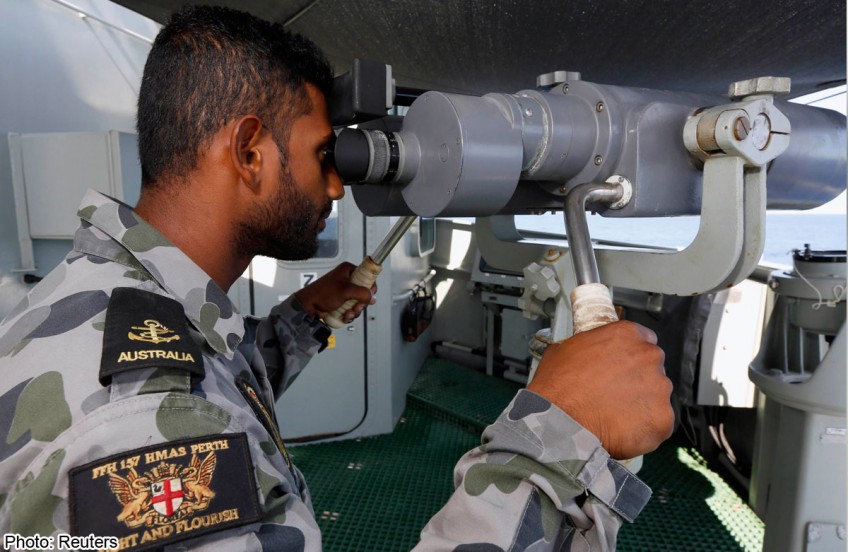Underwater search for missing Malaysia plane 'more difficult'

KUALA LUMPUR - Should the battery on MH370's flight data recorder runs out, the focus of the search will be switched to an underwater search using submarines equipped with various types of sonar capabilities.
An expert close to the search-and-recovery mission, however, said yesterday that the operation would be more difficult and would take longer if that were to happen.
"More assets need to be deployed for the mission, especially for the underwater search. The ocean is massive, deep and wide, it may take months or even years. For now, there aren't any confirmed debris or signals at all from flight MH370. Nothing is certain. Visual search is important at the moment to locate possible debris floating on the Indian Ocean's surface," he told the New Straits Times.
The aircraft investigation expert said the next course of action available for the search solely depended on submarines and autonomous underwater vehicles, better known as AUVs, which have the capability to look for objects underwater. AUVs, which have helped locate past aircraft wreckages, are typically used in the oil and gas industry to conduct deep-water oil field surveys where they are also able to provide black-and-white images.
The expert said AUVs came in different sizes with the largest and most advanced device capable of going as deep as 25,000 feet (7,620m) below the surface of the sea.
"AUVs now are equipped with still cameras and are able to move swiftly. (The AUV is) one of the most sophisticated devices at the moment. It travels at 2 to 4.5 knots and can map the sea floor using its side-scan sonar," he said, adding that AUVs would instantly provide photos of the seabed for an easier underwater search.
He said AUVs had been used in the past to locate missing aircraft, such as Air France flight 447, which crashed in the Atlantic Ocean in 2009 en route from Rio de Janeiro to Paris.
Australian Joint Agency Coordination Centre chief Air Chief Marshal (Rtd) Angus Houston said on Monday that an AUV called Bluefin-21 would be deployed to scour the ocean floor should a third "ping" be detected.
Two acoustic events were reported by the ADV Ocean Shield some 1,680km from Australia's west coast.
Should that happen, it would be the first time search crews were sending a submersible into the Indian Ocean to determine whether the faint sounds detected by the equipment on board the Ocean Shield belonged to MH370's black boxes.
[[nid:94418]]